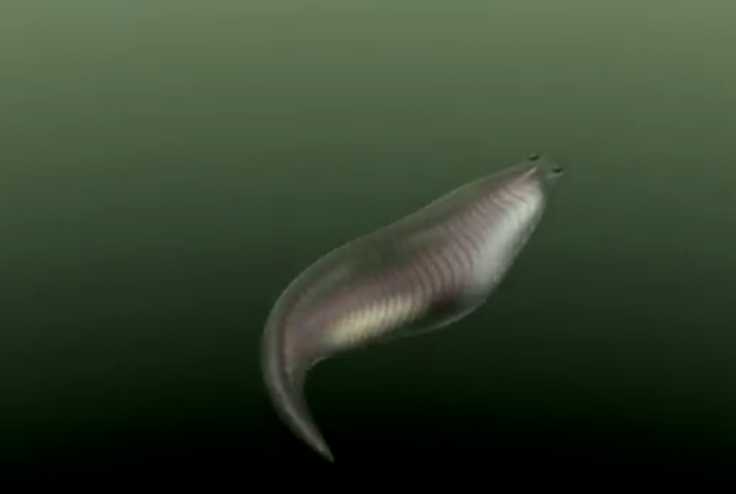Canada: 'Incredible Metaspriggina Fossil Find' Sheds New Light on Vertebrates' Jaws Evolution

The discovery of a 505-million-year old fossilised fish specimen is helping explain the evolution of jaws in vertebrates.
The fish, known as Metaspriggina, was discovered in Canada's Rocky Mountains.
Fossils were recovered from several locations including the Burgess Shale sites. These sites are the source of some of the world's richest fossil deposits from the Cambrian period.
Prior to this discovery, only two incomplete specimens of Metaspriggina had been identified.
"The detail in this Metaspriggina fossil is stunning," said lead author Professor Simon Conway Morris of Cambridge's Department of Earth Sciences. "Even the eyes are beautifully preserved and clearly evident.
"Having a hypothetical model swim into the fossil record like this is incredibly gratifying."
The scientists, whose findings were published in the journal Nature, explained how the specimen had pairs of well-preserved arches near the front of its body.
The first of these pairs, closest to the head, eventually led to the evolution of jaws in vertebrates, scientists said.
Branchial arches were previously thought to exist as a series of single arches, but the new fossils proved that they existed in pairs.
These arches have long been known to have played a key role in the evolution of vertebrates, including the origin of jaws.
"Obviously jawed fish came later, but this is like a starting post – everything is there and ready to go," said the paper's co-author Dr Jean-Bernard Caron, Curator of Invertebrate Palaeontology at the Royal Ontario Museum.
David Wilks, Member of Canadian Parliament for Kootenay-Columbia, added: "The Government of Canada is excited about this incredible fossil find. As an international leader in conservation and steward of the Burgess Shale, Parks Canada is pleased to provide its research partners with access to the fossils.
"Their remarkable discoveries inform the work we do to share this rich natural history through our popular guided hikes, and to protect this important Canadian heritage in a national park and UNESCO World Heritage Site."
© Copyright IBTimes 2024. All rights reserved.






